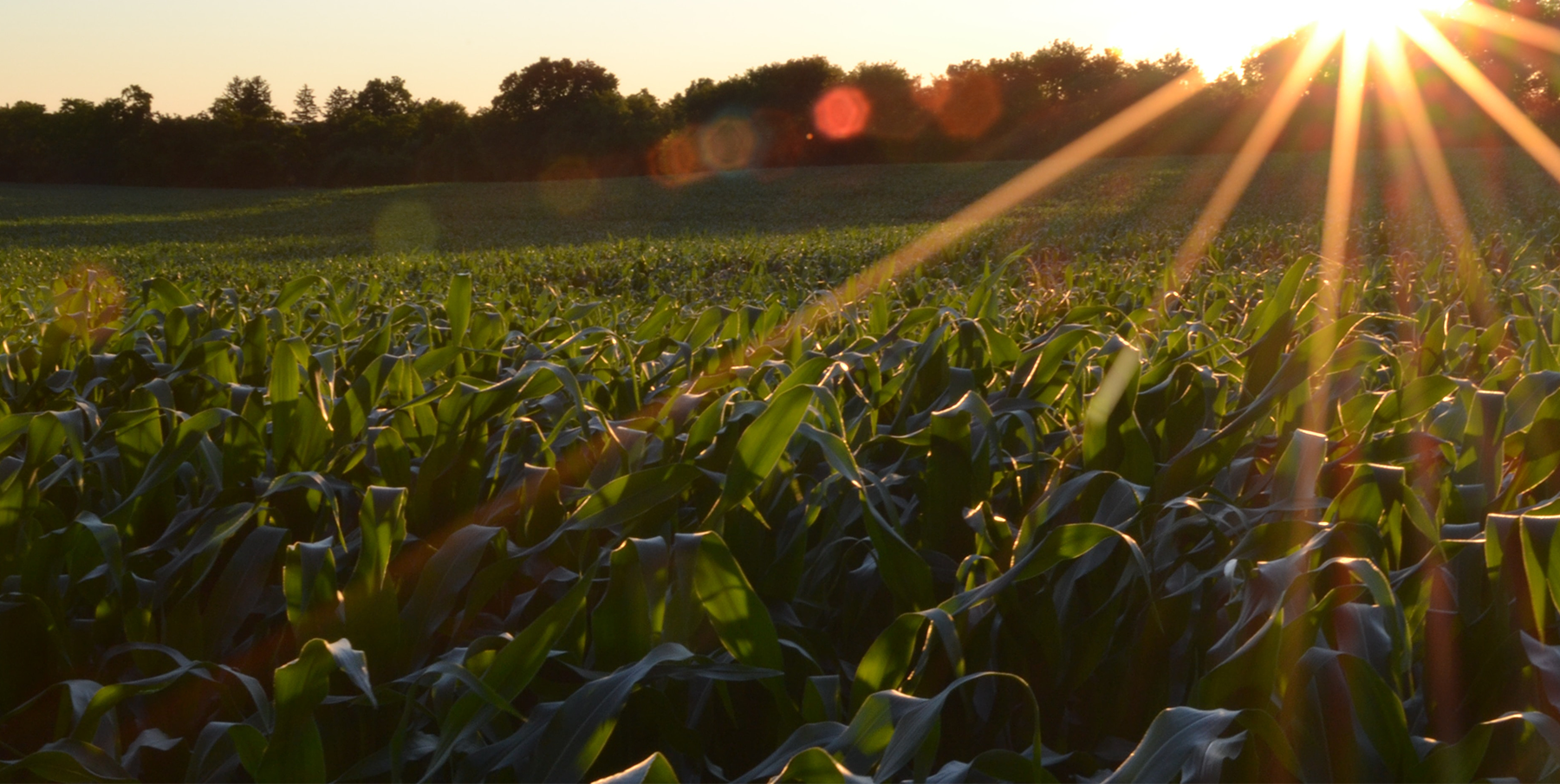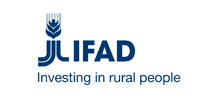Evaluation of Cowpea (Vigna unguiculata L.walp) Genotypes for Biological Nitrogen Fixation in Maize-cowpea Crop Rotation
Nitrogen is a major plant nutrient which is most limiting in the soil due to soil losses of mineral nitrogen (N) form. To ensure availability of nitrogen in the soil, the study was conducted to screen four cowpea genotypes for Biological Nitrogen Fixation (BNF) and their contribution to maize yield in maize- cowpea rotation. The cowpea genotypes used were mutants LT11-3-3-12 (LT) and BB14-16-2-2 (BB) and their parental varieties Lutembwe (LTPRT) and Bubebe (BBPRT) respectively. Trials were established at two sites (Chisamba and Batoka) of different soil types. The Randomized Complete Block Design (RCBD) with three replications was used. Labelled 15N urea was applied at 20kgNha-1 on the four cowpea genotypes during 2015/16 growing season. Cowpea plant parts were dried and milled for 15N isotopic analysis. The data collected included Nitrogen content and atom % 15N excess in the fixing cowpea genotypes and non-nitrogen fixing pearl millet to determine total nitrogen derived from the atmosphere (TNdfa) and total nitrogen (TN) in plant parts which were further used to compute Biological Nitrogen Fixation (BNF). The results showed that BNF by cowpea genotypes at Chisamba was 63.9 kg ha-1 and was significantly (P<0.001) more than BNF of 6.6 kgha-1 at Batoka. The LT mutant fixed significantly (P<0.001) higher nitrogen of 86.1 kgha-1 and 16.5kg ha-1 at Chisamba and Batoka respectively than other genotypes. However, both BB and LT mutants significantly fixed more nitrogen than their parents and have demonstrated to increase maize grain yields up-to 12 tha-1 in the maize – cowpea rotation.
The Golden valley Agricultural Research Trust
The International Atomic Energy Agency (IAEA)
Simunji, S., Munyinda, K., Lungu, O., Mweetwa, A., & Phiri, E. (2019). Evaluation of Cowpea (Vigna unguiculata L.walp) Genotypes for Biological Nitrogen Fixation in Maize-cowpea Crop Rotation. Sustainable Agriculture Research. [online]. Vol 8(1) pp 82-93. Available at https://doi.org/10.5539/sar.v8n1p82





